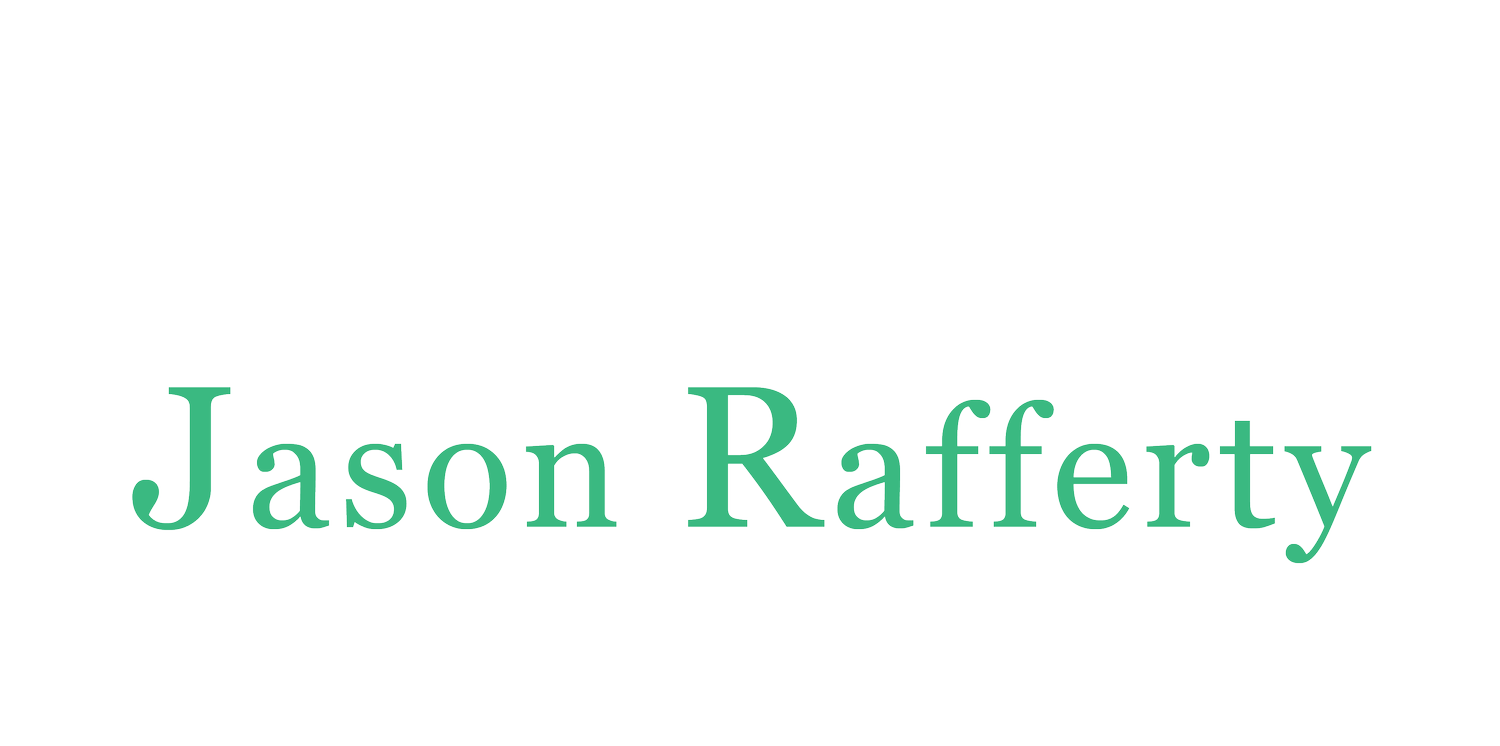About
Jason Rafferty (b. 1991) is a multidisciplinary artist and educator based in Tulsa, Oklahoma. He is an Applied Assistant Professor of 2D Visual Art at the University of Tulsa. He holds an MFA from the Lamar Dodd School of Art at the University of Georgia, and a BFA degree in Drawing and Painting from UNC Asheville. He received training in perceptual and observational drawing and painting at Studio Escalier in Paris, France. Jason is an AXA Art Prize Finalist and a recipient of the Elizabeth Greenshields Foundation Grant. Recent exhibitions include the The Painting Center in New York, NY, Czong Institute for Contemporary Art in Gimpo-si, South Korea, the Athenaeum in Athens, GA, Vestige Concept Gallery in Pittsburgh, PA, and Artfields in Lake City, SC. He has created artwork for television and film including The Dead Files and Three Billboards Outside Ebbing, Missouri. His work can be found in private collections across the US and internationally.
Jason enjoys bridging the arts with nonprofit organizations oriented toward social and environmental justice. He has collaborated with Bigger Vision Community Shelter in Athens, GA, and the Blue Ridge Parkway Foundation, River Link, Open Doors, Western North Carolina Aids Project (WNCAP), Appalachian Wildlife Refuge, Quickdraw (fundraiser for public school art classes in Haywood County, NC) and Pisgah Legal in Asheville, NC.
Jason’s research stems from his ongoing engagement with climate and sustainability advocacy, as well as his experiences working with youth as a teaching artist and after-school counselor. His work melds traditional and digital artmaking techniques to convey a perspective on climate and sustainability communication that is surprising, playful, and cathartic for the viewer. The emotional vacillation between climate apocalypse and utopias based upon sustainable energy technologies, as reflected in media articles, books, scientific research, and other forms of collective climate dialogue, informs multi-layered narratives in his work. His paintings, drawings, prints, digital art, collages, artist books, assemblages and wall installations explore possible climate futures that are anxious, hopeful, and inextricably entwined with the youth living and coming into the world today. Utopias are hard to make.

